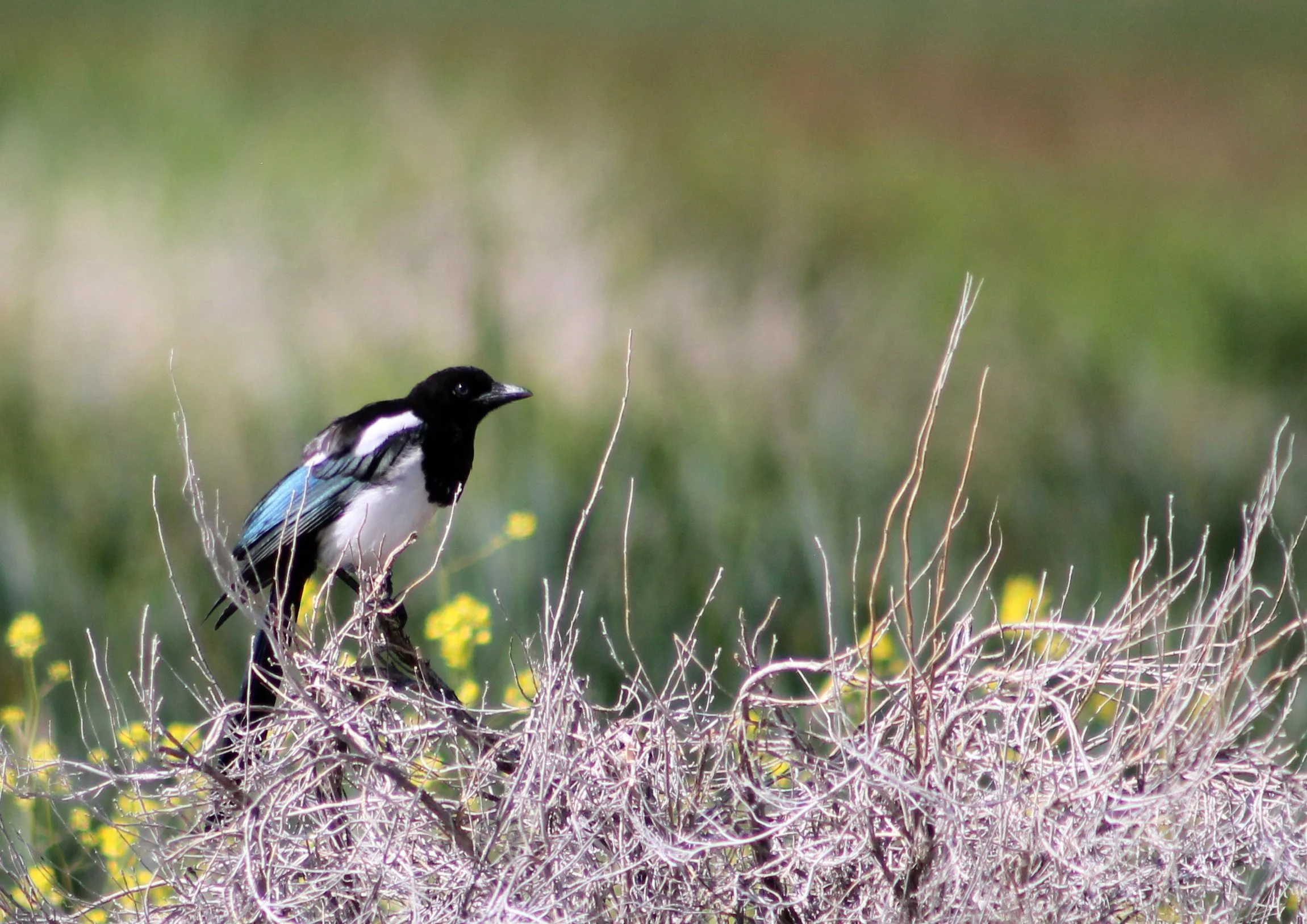Protecting The National Wildlife Refuge System
The purpose of the National Wildlife Refuge Association is deeply rooted in the protection of the National Wildlife Refuge System. Since our inception, we have been fighting hard to combat any and all threats to this unique system of public lands. In order to look ahead, we must look at all we have protected over the last 47 years, but also what we have overcome.
THE PAST
Over the years threats have included the removal of lands and waters from the National Wildlife Refuge System. We have faced the use of lands and waters inside national wildlife refuges being used for purposes that do not align with a refuge’s establishing purpose and/or the mission of the Refuge System. And private companies worked on the development of lands and waters on the boundaries of national wildlife refuges that are in direct conflict with the purpose or management of those national wildlife refuges.
We have managed to overcome many of these threats and challenges due to the work of our team to fight back against these harmful proposals, but we could not have succeeded without YOUR support. Refuge Friends groups, refuge volunteers, and refuge lovers are the backbones of the Refuge System, and your hard work and advocacy have made a difference in many of these fights.
National Wildlife Refuge System supporters of all stripes have increased the acreage of the System to a staggering 850 million acres, with lands and waters protected over a vast swath of lands and oceans that all Americans can now call their own. We have, so far, kept the coastal plain of the Arctic National Wildlife Refuge pristine and wild. And we have built a series of refuges along our coastlines that both protect communities from storms and provide critical habitat for species from piping plovers to loggerhead turtles. These lands are protected because of you.
THE PRESENT
From the Arctic National Wildlife Refuge facing potential oil exploration and development to a proposal for a titanium strip mine that could destroy the hydrology of Okefenokee National Wildlife Refuge, the National Wildlife Refuge System faces threats across the country. Every day, we monitor these issues and prioritize those that we believe serve as the greatest threat to the integrity of America’s National Wildlife Refuge System...the greatest network of lands and waters set aside for wildlife in the world.












Wildlife refuges are in crisis. Learn what’s happening and how you can help protect them—before it’s too late.